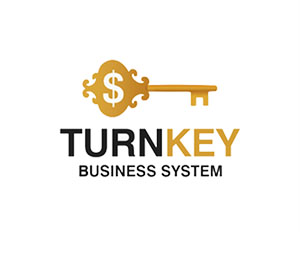How Forex Leverage Works: Simple Explanation for U.S. Traders

How Forex Leverage Works: Simple Explanation for U.S. Traders
Forex leverage allows U.S. retail traders to control positions up to 50:1 on major pairs—but magnifies both profit and loss.
This guide breaks down margin rules, risk management, and U.S. regulation in straightforward terms.
This guide breaks down margin rules, risk management, and U.S. regulation in straightforward terms.
Understanding leverage is essential in forex—especially for U.S.-based traders. Regulation limits retail leverage to ensure protection.
But even at 50:1, small market moves can swing your account dramatically. Let's explain margin, regulation, trade examples, and safe practices.
But even at 50:1, small market moves can swing your account dramatically. Let's explain margin, regulation, trade examples, and safe practices.

How Forex Leverage Works: Simple Explanation for U.S. Traders
What Is Leverage and Margin in Forex?
Leveraged trading means using borrowed capital to amplify your exposure. For example, 50:1 leverage lets you control a $50,000 position with a $1,000 margin.That is, the margin is the minimum collateral required.
Leverage = Total position ÷ Margin deposit
U.S. rules: maximum 50:1 on major pairs, 20:1 on minors/exotics
A 2% margin requirement on many brokers equals 50:1 leverage.
Margin is locked until the trade closes; free margin is what's left.
U.S. Regulation — Why Leverage Is Capped at 50:1
In the United States, the CFTC and NFA strictly limit retail forex leverage to protect traders. The core rules are:50:1 cap on major currency pairs (e.g. EUR/USD, GBP/USD)
20:1 limit for minor and exotic pairs
FIFO rule and no hedging allowed by NFA regulations
Minimum net capital requirements for brokers under NFA standards
These limits were introduced to curb speculative risk and prevent margin blowouts. Attempts to bypass via offshore brokers expose traders to legal and financial risks.
Advantages vs Risks of Using Leverage
AdvantagesAmplified profit potential: Small moves become meaningful profits
Market access: Makes trading more affordable for retail traders
Flexibility: Choose leverage based on account size and strategy
Risks
Amplified losses: A 1% adverse move can wipe your capital
Margin calls and liquidation: Brokers close positions when equity falls too low
Emotional pressure: Higher stakes may lead to impulsive behavior
Over-reliance on leverage may stunt learning and risk awareness
Real-Life Example of Leverage in Use
Scenario:Leverage: 50:1, Position size: $100,000
Margin deposited: $2,000
Market moves +0.5% = Profit $500 → 25% gain
Market moves –0.5% = Loss $500 → 25% loss → emotional drawdown risk
Remember, losses scale with position size—not your margin. Risk per trade should ideally be capped at 1–2% of account equity.
How to Use Leverage Responsibly
Avoid maximum settings — try 10:1 or 20:1 ratio if new.Use tight stop-loss orders to limit downside.
Always track Used and Free margin to avoid margin calls.
Start on demo account before risking real capital.
Never rely on leverage as a crutch — build skill first.
Leverage in forex is a powerful tool—but also a potential hazard.
For U.S. traders, the 50:1 cap balances opportunity and risk. The key to success lies in sound risk management, disciplined use of margin, and avoiding emotional decision-making.Want more insights on smart trading with margin?
Visit trusted educational content and take advantage of demo tools before risking real funds.









Report
My comments